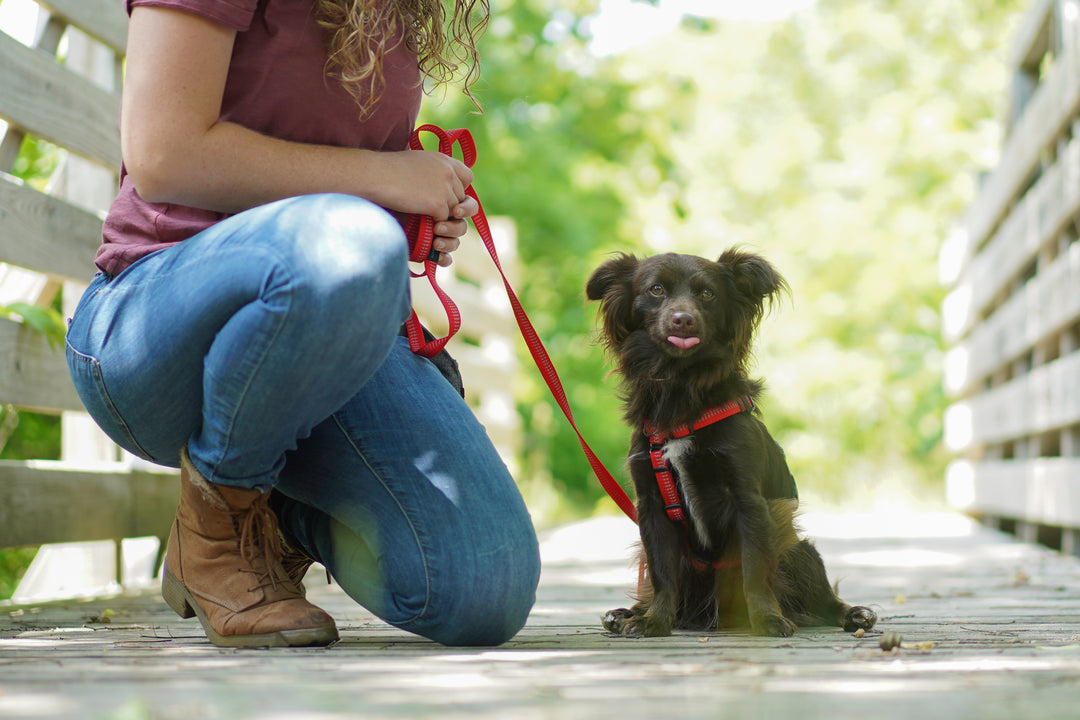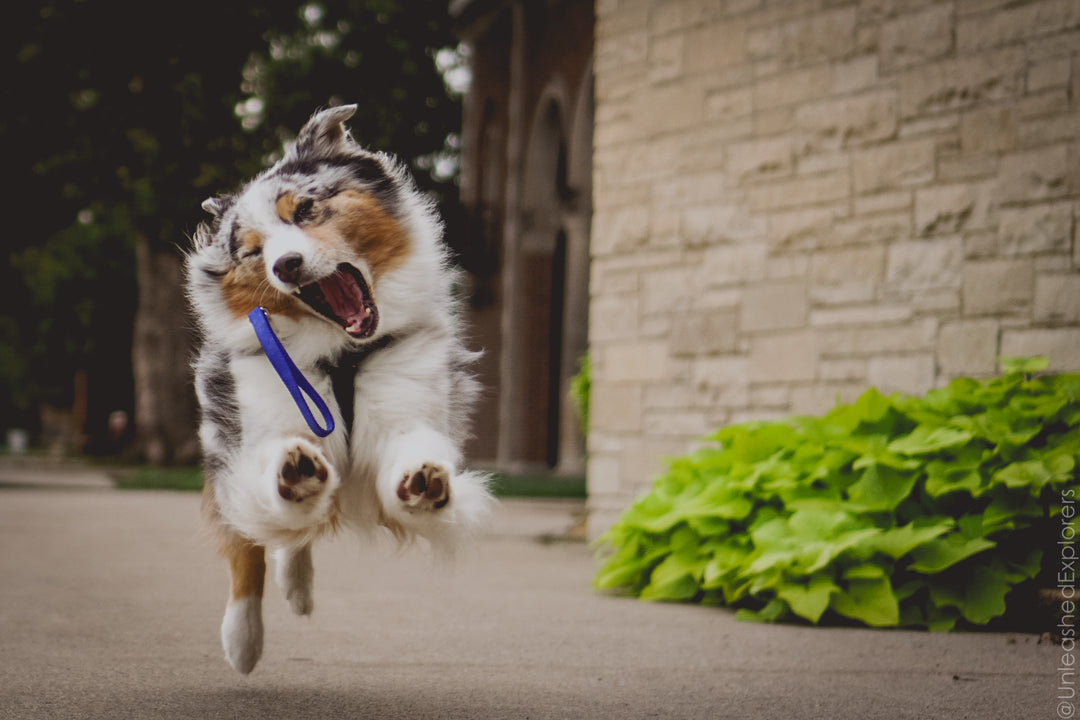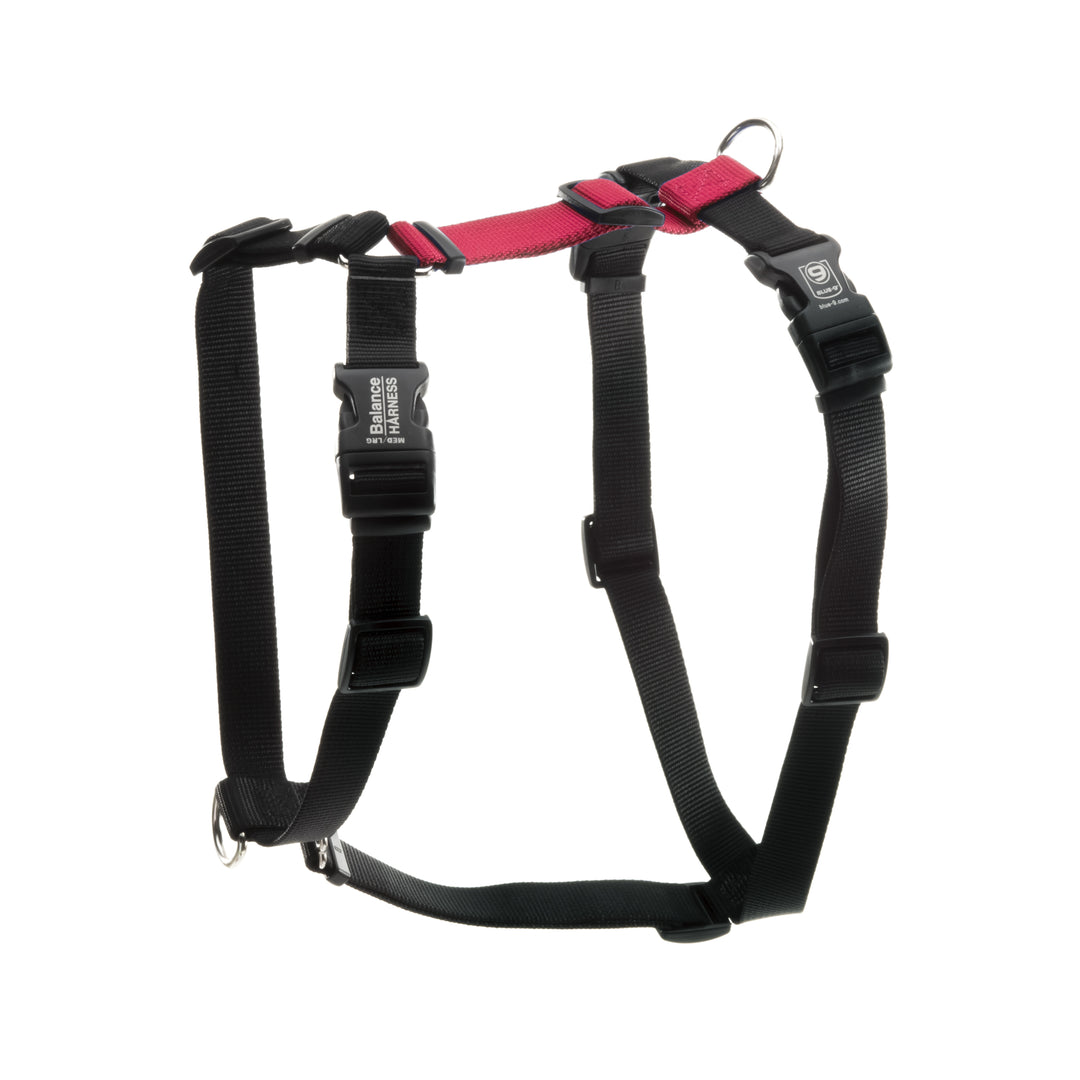Why is My Dog Anxious? Strategies to Prevent and Resolve Anxiety.
Why is my dog anxious?
Dogs can be anxious about a wide variety of stimuli. Behavior modification in conjunction with anxiety soothing products is recommended for best outcomes.
Summer is right around the corner, and with that comes thunderstorms, fireworks, gunshots, and various other noises that may cause anxious responses. Storm phobia and fear of thunder in dogs is a leading concern for many of the dogs that I worked with when training in Florida. In addition to storm and other noise phobias, separation anxiety was another major behavioral concern. Many families brought puppies home during the pandemic. As restrictions are lifted and many people return to the office to work, the number of separation anxiety cases increases. This blog aims to provide a basic understanding of anxiety-related behaviors and provide some insight on resources to research.
What does anxiety look like?
Dogs that are storm or noise phobic have developed a negative emotional response to specific sound stimuli. Common noises that disturb dogs include thunderstorms, gunshots, and fireworks. Less commonly dogs develop phobias of household noises such as an appliance beeping or a garbage disposal being run. Dogs with noise phobias will often seek hiding spots to get away from the noise. This may be accompanied by other stress signals and body language such as drooling, excessive yawning, ears laid back, or tucked tails. Dogs may also cling to their owners or try to escape the house or yard.
In regions that have frequent thunderstorms, seasonal calming supplements may be recommended as an ongoing precaution. For event-based noise phobias such as fireworks on holidays, dosing the dog several days before and during and after the holiday is recommended. Many supplements need to be built up in the system over time to have the best effect.
Dogs that have separation anxiety often vocalize, try to escape the house, or may engage in destructive chewing or inappropriate toileting. Dogs with separation anxiety may cause harm to themselves as they try to escape. While calming supplements can help with mild separation anxiety, it is advisable to consult with a professional dog trainer well versed in treating separation anxiety to prevent worsening behavior or poor treatment outcomes.
For dogs with severe anxiety, consult with a board-certified veterinary behaviorist to discuss pharmaceuticals and a more aggressive treatment plan.
Products that may assist with treating anxiety
There are a wide variety of calming supplements available on the market including CBD oils and treats containing chamomile or tryptophan. Other products commonly recommended include Composure by VetriScience, Focus by WinPro, and Zylkene by Vetoquinol. These supplements are available without a prescription. For severe anxiety, prescription medications from board-certified veterinary behaviors may be recommended in conjunction with these supplements.
Behavior Modification
In addition to calming supplements, identifying the triggers that cause anxiety and developing a treatment plan is advised. Supplements can only do part of the work, a desensitization and counter-conditioning program will provide the longest-lasting results and best treatment outcomes.
For dogs with noise phobias, we expose them to lower volume levels of the triggering sound while pairing it with pleasant experiences. For example, we may play a recording of thunderstorm noises for 3-5 seconds, then follow up with a high-value treat such as freeze-dried beef liver. The dog will begin to associate the scary sound, with something pleasant.
Products to Aid in Managing Anxiety
While working on the desensitization protocol, we can also use management strategies. Playing a white noise machine or calming music during thunderstorms can help drown out the other noises.
Placing window film on windows to block line of sight can help prevent barking behaviors. There are a wide variety of window films including some with decorative patterns.
Remote treat dispensers are an amazing technology that allows you to dispense treats to your dog, even while you are away. This technology has a wide variety of applications and comes in handy with separation anxiety treatment. The Pet Tutor available through Smart Animal Training Systems even has a platform to allow for viewing the dog through a video camera or smartphone to be sure to reinforce for calm behaviors while left alone.
How can we prevent Separation Anxiety during this global pandemic?
If you are working from home you may notice that you are spending a lot more time around your dog. It is important to take action now to help prevent separation anxiety when you return to work. Building in alone time in your daily routine will help your dog remain comfortable being alone. Occasionally leave your dog in another room to rest alone. Or, if you crate your dog while you are at work, be sure to have them spend periods of time resting there. If leaving your home is an option, consider driving around the town for 30 minutes, or leaving your dog for scheduled grocery store runs. An ounce of prevention is worth a pound of cure. Incorporating these simple set up now will help prevent your dog from feeling anxious when you return to work.




